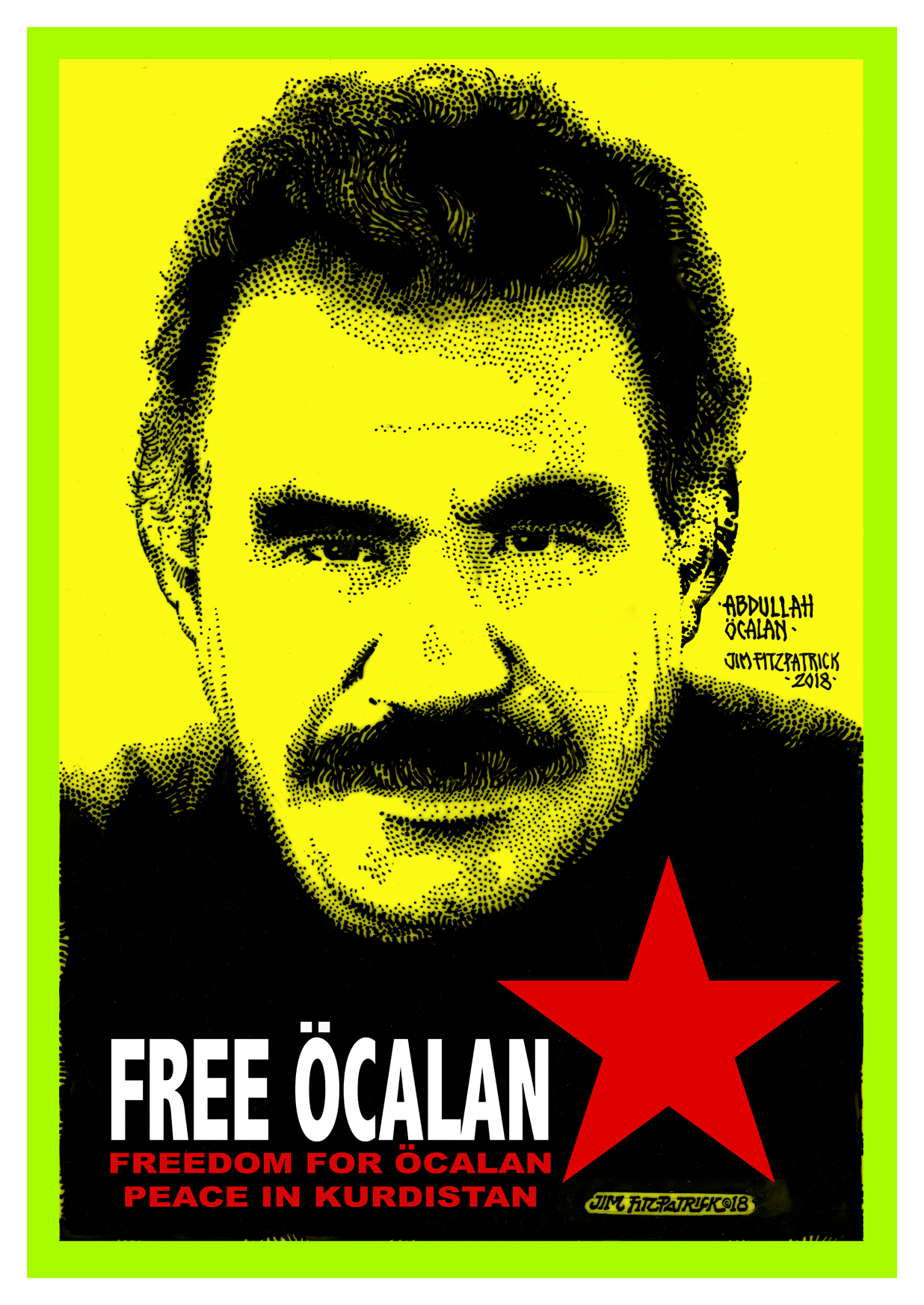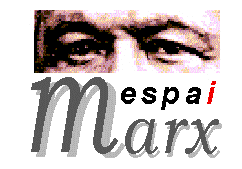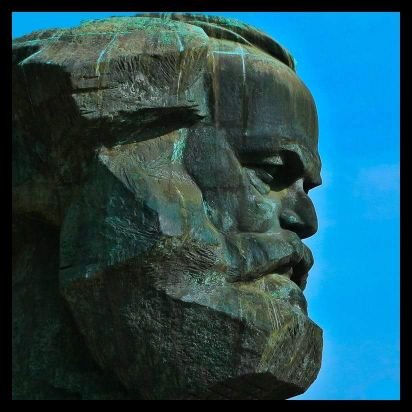«The Origins of Cultural Historical Activity Theory»: Andy Blunden
Descartes and Consciousness
Psychology is the science of consciousness, so to explore the foundations of Psychology we must begin with Descartes. It is very fashionable nowadays, or at least until very recently, to denounce René Descartes for having been guilty of dualism, of a mind/body dichotomy, because we want to do away with all dichotomies. Things are never just black and white, good and bad, male and female; the edges are always blurred and there are always in betweens, and to deny this is deemed to be reactionary and oppressive. Who dares to say today, with Descartes, that thought is something categorically different from matter?
The point is that Descartes effectively discovered the category of ‘consciousness’, and thus laid the foundation for both modern philosophy and psychology, the science of consciousness.
Descartes stands at the very beginning of modern European philosophy. He was passionately hostile to all kinds of received knowledge – the literal truth of the Bible, the authority of the ancients in science, what ‘everyone knows’, … Descartes began to reflect on the evidence we had for our beliefs, and he put no value on the inherited wisdom of the past. At the same time, the burgeoning interest in the observation of Nature, he found to be naïve. While the Empiricists also rejected the received authority of the ancients, they uncritically identified what they apprehended with their senses with what existed outside their consciousness.
Descartes brought a withering scepticism to bear on the Empiricists’ faith that their senses gave them direct access to objective reality, that if they laid all the old books to the side and used their own eyes, then they could discover the necessary laws governing Nature. But how could you be sure that what appeared to you was really the case? How could you know that you were not profoundly mistaken? Perhaps you were dreaming, and in reality you were the Queen of Sheba. Descartes was the first to draw attention to the fact that consciousness was not a faithful replica of what lay outside of consciousness and given to us in the form of sense-impressions; that consciousness and its forms were outside and distinct from matter and its forms.
But not only that. As the inventor of coordinate geometry he was able to do some calculations and algebra on a piece of paper and tell an artillery man at what angle to fire his cannon in order to send a cannon ball over the wall of a besieged city. How was this possible? How was it possible for the mind to represent in symbols and accurately predict the trajectory of an iron ball as it flew through the air? These symbols were not ‘mirroring’ the cannonball, and yet by thought alone, Descartes could know the movement of the cannon ball better than the cannoneer himself.
So Descartes was confronted by two problems: Firstly, was there any certain knowledge? Was there any firm starting point on which science could reliably build? Secondly, given the categorical difference between thought and matter, how were thought and matter connected so that the movement of cannon balls and stars could be predicted by Reason? If thought and matter were not connected at some point, then they would be inhabiting two different universes and science would be impossible. How was science possible?
In relation to the problem of certainty, Descartes observed that even though he could trust neither his senses, his own consciousness or received wisdom, he could at least be sure that his own consciousness existed, for that is what is immediately given to him, even when he is asleep and dreaming, and thus that he, Descartes, exists. He also reasoned that since he did not freely create what was in his consciousness, something else outside of his consciousness and greater than him must also exist. This was a certainty. From that starting point, remembered in the Latin maxim cogito ergo sum, “I think therefore I am,” Descartes built his system, including a theory of thinking and the emotions. He still saw consciousness as some kind of endowment given to human beings, while the human body, and the rest of the universe was governed by mechanical laws.
As is well known, this starting point, true and valuable in itself, led Descartes and those who followed him into intractable problems, summed up in the condemnation of Cartesian Dualism.
Spinoza tried to overcome Descartes’ dualism by declaring Nature, inclusive of human beings, to be, not the work of God, but God Himself, and that rather than matter and thought being distinct substances, Spinoza said there was only One substance, and thought and extension were but two attributes of that One substance. But this simply displaced the dualism of substances to a dualism of attributes. It also maintained Descartes’ mechanical conception of Nature, leaving human beings subject to an absolute mechanical fatalism. It also got Spinoza denounced as an Atheist and his works were effectively suppressed for more than a century.



























